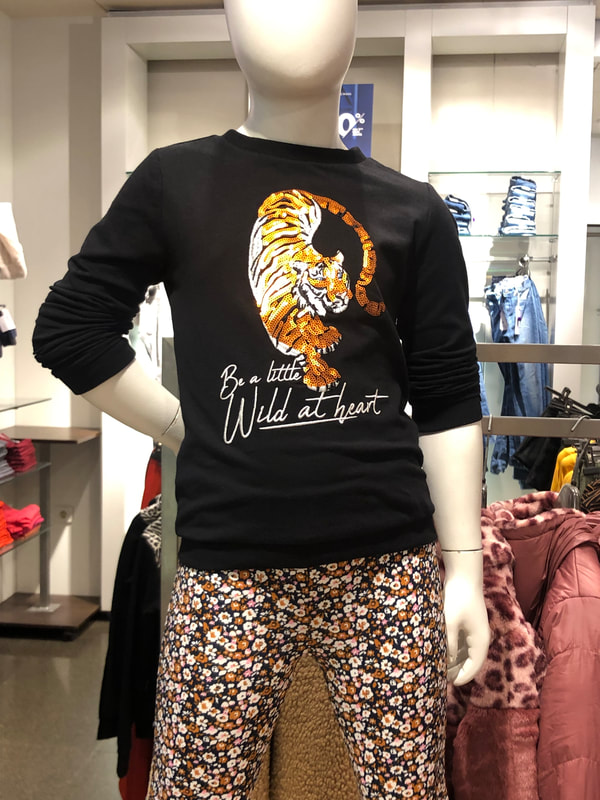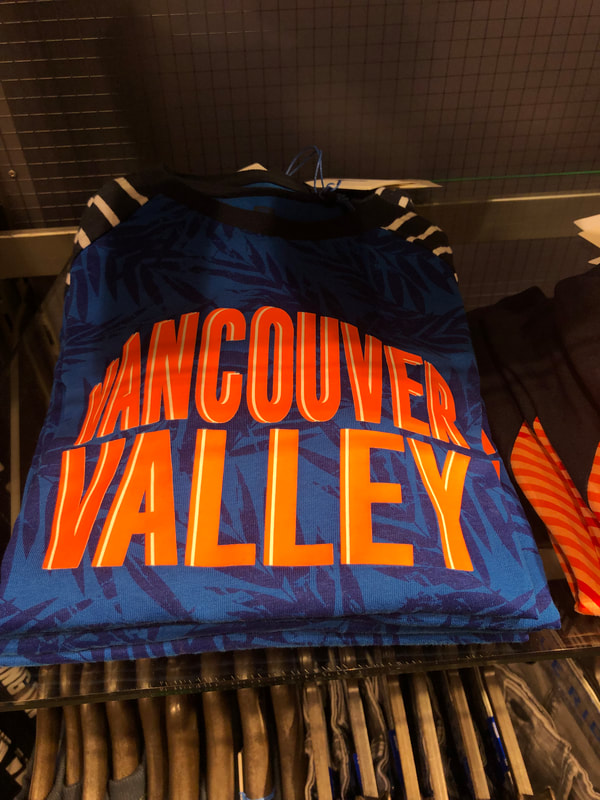|
Buying second-hand is one smart answer to sustainable fashion, and Gen Z knows this well, but, ‘buying new’ is still big.
Occupy Cultural Thread focuses on the long-term potential for desk research disruption - beyond online viewing rooms and social media platforms that have captured our attention during the pandemic. So another of my goals last weekend was to jump on the bus and head to a couple of the Netherlands department stores to find answers. How easy is for consumers to identify sustainable clothing brands as they walk in? What a disappointment. While it is believed that Gen Z has a strong desire to reduce the negative impact on the planet, the Baby Boomer generations and Gen X, those raised during years of economic madness, seem less convinced and are not making things any easier — for the whole textile industry. BB and Gen X have live through a fairy tale like lifestyle as many of them are in management roles. So, yes, some new old dogs need to be up for new tricks. This, as Gen X is also responsible of creating the hard to break era of consumerism and mindless individuals. As I walked around the stores, only a few number of alternative and non alternative brands were marketed as sustainable with some green boards (image) highlighting some info. When approaching the staff to learn about the importance given to offer more sustainable choices, my conclusion wasn't surprising. More work is needed. And here’s where Millennials come in the panorama. The use of the internet has helped us all users of technology, consolidate and embrace the wide-ranging possibilities of the 21st Century. Millennials are born “with it” and are the bridge between these two generations where technology is critical to produce better and greener lifestyles. Of course this includes fashion. Technology being the tool of choice at home to buy new clothing online. Millennial parents also champion a new age of parenting as they are more aware of sustainable approaches, as it is a generation more racially diverse. Also, millennials are more likely to raise their children with more options to help reduce gender stereotypes in fashion, for being less charmed by continuing the pink-blue girl-boy tradition. And it is here where the Netherlands is one of the happy leaders on helping reduce the black-and-white concept of gender identity in fashion, and gender stereotype. Images below are but just a few options of my findings around girls and boys clothing diverse apparel, also far from the over-sexualised choices that traditional mass production usually offer. #sustainability #genderroles #fashion
0 Comments
Your comment will be posted after it is approved.
Leave a Reply. |







